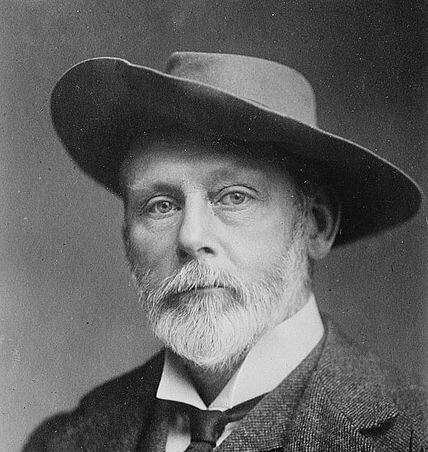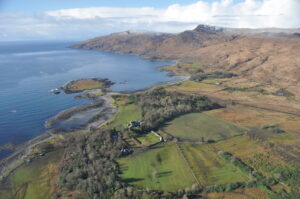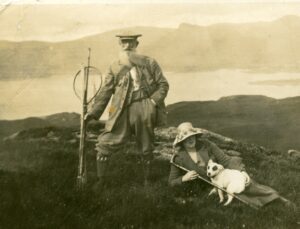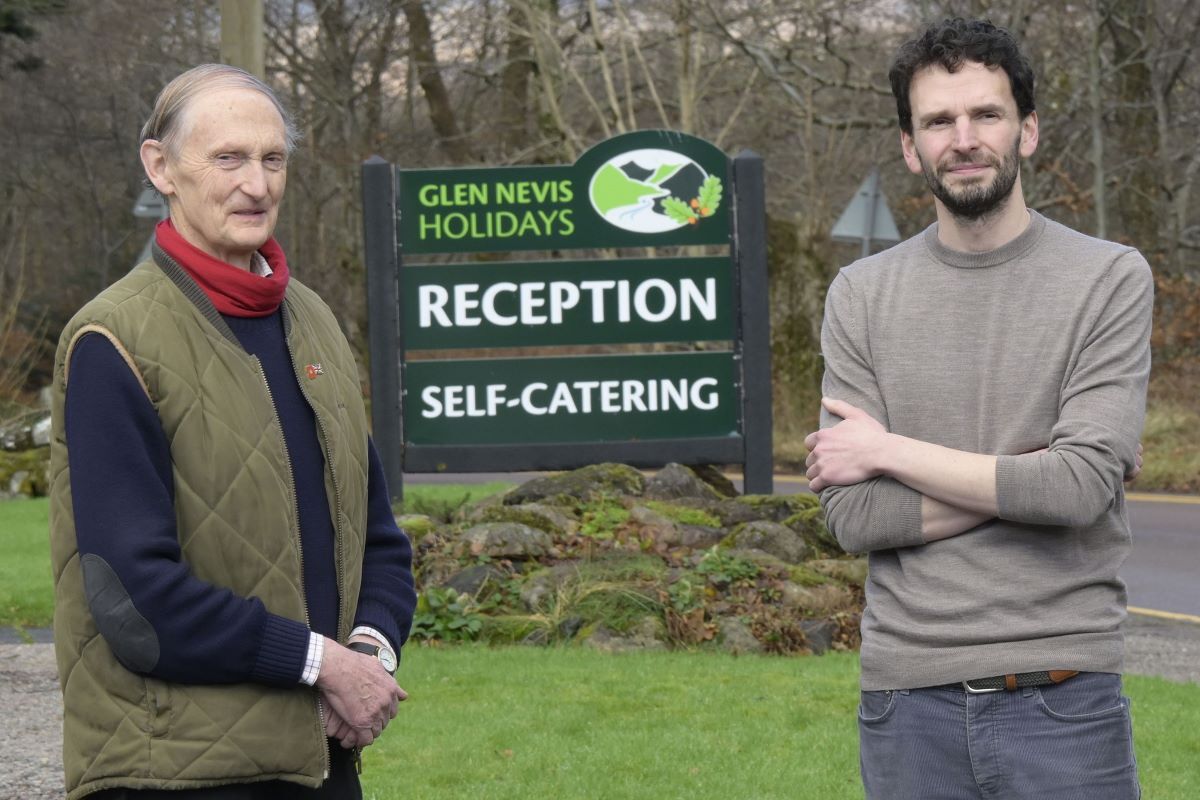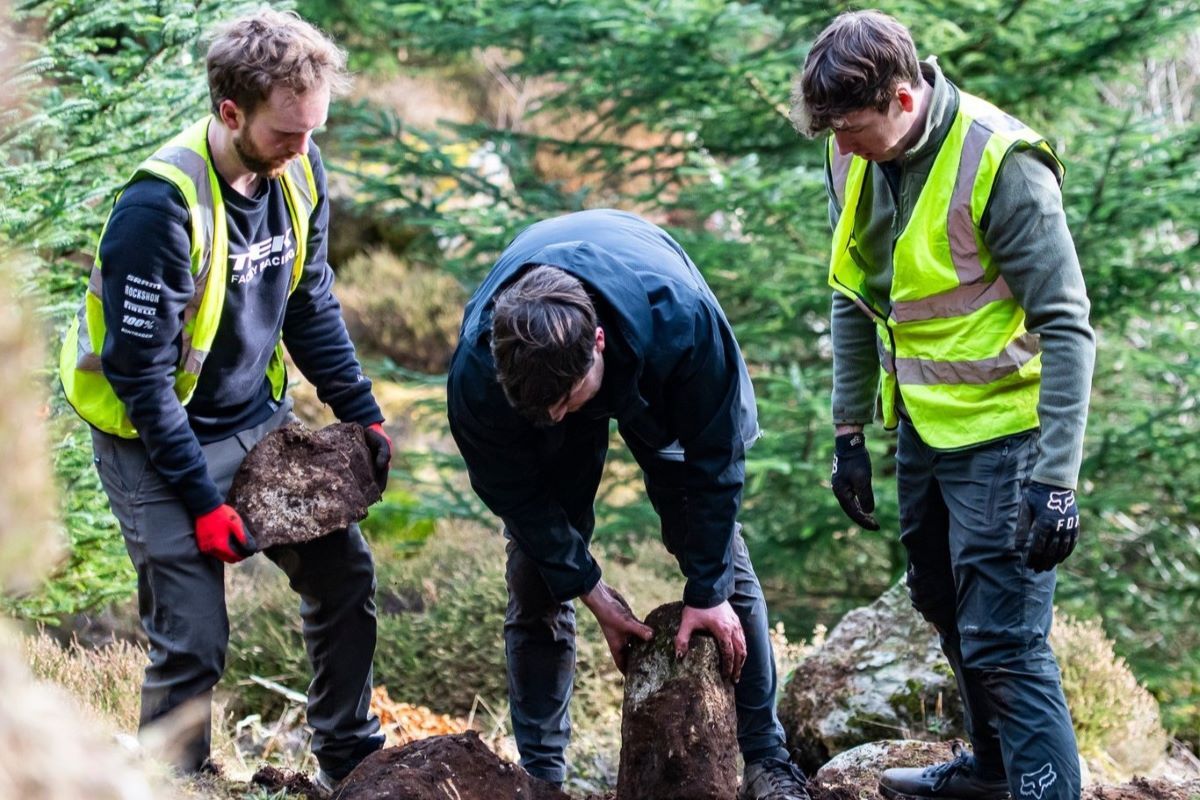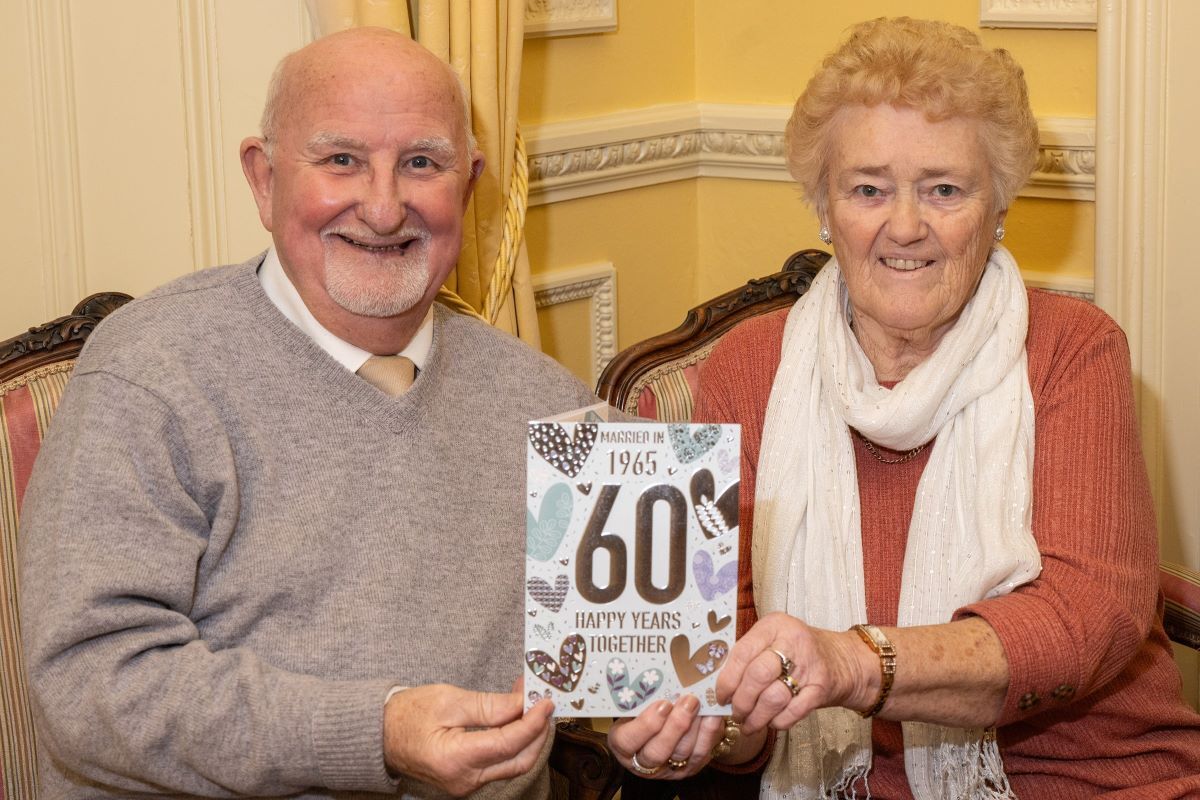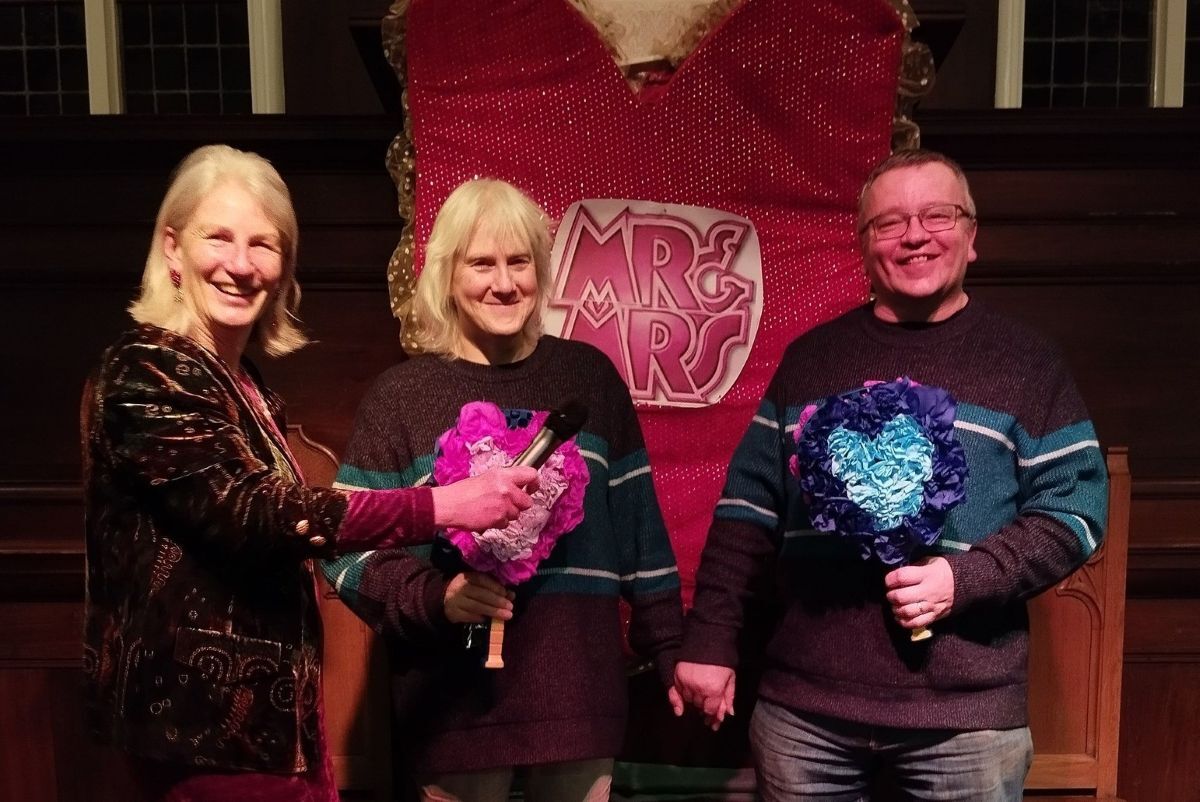Morvern Lines 17.8.23 - We ask 'what is there in a name?'
What’s in a name?
I don’t know which county in Scotland holds the record for the longest single-word place name, but Argyll must stand fairly high in the list.
In Morvern, near Clounlaid in the White Glen, we have Achnatavishruskline and Uabhachaleachdastavin, on the old Lochbuie estate on the island of Mull.
Neither though are any match for a town in Wales called Llanfairpwllgwyngyllgogerychwyrndrobwillllantysiliogogogoch, which translated means, The Church of St Mary in the Hollow of White Hazel Trees near the rapid whirlpool of St Tysilio’s of the Red Cave.
I will leave it to someone better schooled in the Gaelic language than I am, to provide accurate translations of the first two. Whatever they may be, I wouldn’t care to try passing any of them on by telephone to a mail order company south of Crianlarich or having them as part of my email address.
High above Lochbuie there is a small lochan called the Selous Loch. The word Selous, unlike most other place names on Mull, isn’t Gaelic at all, and has puzzled many people who have fished there over the years. It was, in fact, named after Frederick Courteney Selous, a guest of Murdoch Maclaine, 21st chief and then laird of Lochbuie.
Selous (1851-1917) was a well-known African hunter, explorer and writer from whom the Selous Scouts, a special anti-terrorist regiment of the Rhodesian Army that operated from 1973 until the reconstitution of the country as Zimbabwe in 1980, took their name. He is best remembered for his conservation work and The Selous Game Reserve in South Eastern Tanzania, which was designated a UNESCO World Heritage Site due to the diversity of its wildlife and undisturbed nature. Notwithstanding his love of hunting, it would be no exaggeration to say that Frederick Selous did as much for world conservation as John Muir.
John Guile Millais, the famous Victorian naturalist, gardener and travel writer, wrote a book about Frederick Selous and records that he arrived in Mull in August 1894 and stayed at Lochbuie for two weeks.
Selous wrote in his journal: “On August 16th, accompanied by the keepers MacColl and Nottman, I visited Loch Spelve in search of seals and otters. Skirting the shores of the loch in a small boat, we soon espied two seals lying out on a rock. They, however, winded us and slipped into the water, when we were still a long way off.
“We then went ashore and put the three terriers into a cairn which the keepers knew otters to be partial to, and from the behaviour of the dogs we soon became aware that one of the animals was somewhere about. Knowing that if the dogs succeeded in drawing the otter from the rocks it would make for the sea, I took up my position amongst the slippery seaweed covered with stones near the water and waited full of expectation. However, the otter resisted all the overtures of the terriers and would not bolt.
“Then MacColl, the wily, produced some evil-smelling fuse and, setting light to it, pushed it into a hole amongst the stones. The effect was magical, for the otter bolted at once almost between MacColl’s legs. Instead, however, of coming towards the sea, it made back through the wood and took refuge in another cairn. From the second place of refuge another piece of fuse soon dislodged it, and this time making for the sea, it came past me in the open, travelling over the seaweed-covered rocks at no great pace’.
Selous returned to Loch Buie at least twice where he shot his first woodcock, a brace of ptarmigan and some other Highland game. Although there were plenty of stags to be had, the traditional form of stalking did not appeal to him and it wasn’t until some years later that he eventually shot his first wild red deer stag on Ben Alder.
Selous was fortunate to have Ronald MacColl as his stalker and gamekeeper during his forays to Lochbuie. Ronald came from a long line of stalkers and was a first-class hill man with a superb knowledge of the surrounding countryside and its wildlife.
He was head-hunted in 1888 from the Earl of Breadalbane, Blackmount Estate by Hector Maclaine of Lochbuie to establish Laggan as a deer forest. He died in May 1944 at Craigben Lodge, Kinlochspelve, 94, greatly revered by all who knew him, including the Selous family who sent photographs of themselves, which remain with his family who still live on the Lochbuie estate.
Shortly after his death, a fine tribute to Ronald appeared in the Oban Times by Mrs Olive Guthrie of Torosay Castle. Mrs Guthrie, who had been his stalking companion on many occasions, wrote not only of his excellent sportsmanship but his unfailing sense of humour – something he needed badly one day. Following a long crawl to reach the firing point, she was about to pull the trigger when suddenly there was a noise like a loud telephone ringing, causing the stag to bolt.
Ronald, she recorded, sat up and used very unparliamentary Gaelic, and then explained, “I broke my watch last night; so, I took my wife’s new American clock. I never thought of the alarm being set”!
Latest News
JOBS
Business Development Manager - Highland Broadband
Sign up to our daily Newsletter
Permission Statement
Yes! I would like to be sent emails from West Coast Today
I understand that my personal information will not be shared with any third parties, and will only be used to provide me with useful targeted articles as indicated.
I'm also aware that I can un-subscribe at any point either from each email notification or on My Account screen.
You may also like
Latest News
JOBS
Business Development Manager - Highland Broadband

